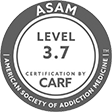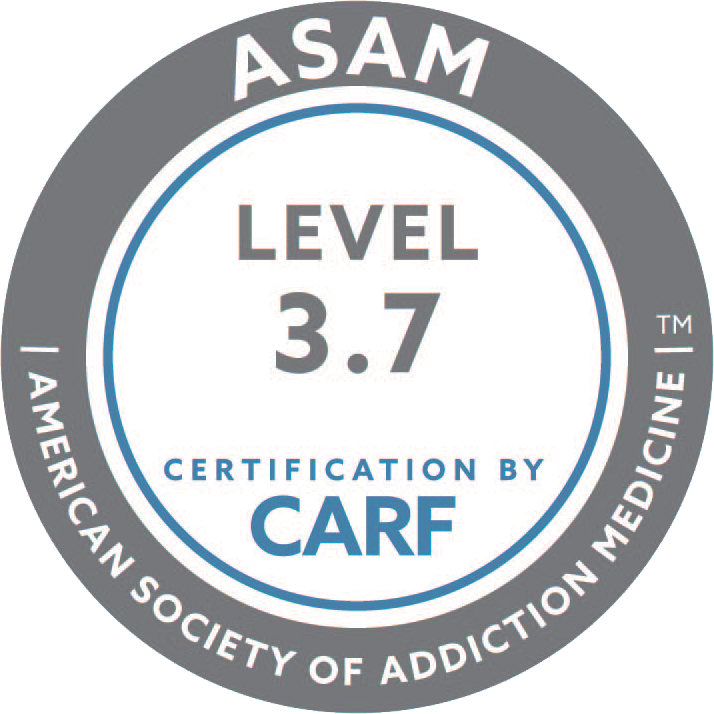Introduction to Rebuilding Together: A Guide to Couples Rehabilitation
Rebuilding Together is a non-profit organization that focuses on providing safe and healthy homes for low-income families and individuals. Their mission is to bring volunteers and communities together to rehabilitate homes and improve the lives of those in need. While Rebuilding Together primarily focuses on helping those in need, couples can also benefit from participating in home rehabilitation projects.
Couples rehabilitation projects can be a great way for couples to work together, strengthen their bond, and improve their home. Whether it’s tackling small repairs or taking on a larger renovation project, working together on home maintenance and repair can be a rewarding experience for couples.
The Importance of Home Maintenance and Repair for Couples
Maintaining a safe and comfortable home is essential for couples. A well-maintained home provides a sense of security and stability, which can contribute to a healthy relationship. Regular maintenance can also prevent costly repairs down the line.
By addressing small issues as they arise, couples can avoid major problems that may require extensive repairs or renovations. For example, fixing a leaky faucet or repairing a small crack in the wall can prevent water damage or structural issues in the future.
Common Home Repair Issues for Couples and How to Address Them
Couples may face a variety of common home repair issues, ranging from minor annoyances to more significant problems. Some common issues include leaky faucets, clogged drains, electrical problems, and peeling paint.
For minor issues, couples can often address them with DIY solutions. There are many resources available online that provide step-by-step instructions for common home repairs. However, it’s important to know when to call in a professional. If you’re unsure about how to address a particular issue or if it requires specialized knowledge or tools, it’s best to hire a professional.
Planning and Budgeting for Home Rehabilitation Projects
Planning and budgeting are crucial steps in any home rehabilitation project. Before starting a project, couples should assess their needs and goals, determine a realistic budget, and create a timeline for the project.
When creating a budget, couples should consider the cost of materials, labor, and any unexpected expenses that may arise. It’s also important to factor in the time and effort required for the project. Couples should be realistic about their abilities and available time when planning a home rehabilitation project.
DIY vs. Professional Home Repair: Which Option is Right for You?

When it comes to home repair, couples have the option to tackle projects themselves or hire a professional. There are pros and cons to both options, and couples should consider their skills, available time, and budget when making a decision.
DIY home repair can be cost-effective and empowering. It allows couples to learn new skills and take pride in completing a project themselves. However, it’s important to recognize when a project is beyond your abilities or requires specialized knowledge or tools. In these cases, hiring a professional is the best option.
Finding the Right Contractor for Your Home Rehabilitation Project
If you decide to hire a professional for your home rehabilitation project, it’s important to find a reputable contractor. Here are some tips for finding the right contractor:
1. Ask for recommendations: Talk to friends, family, and neighbors who have recently completed similar projects and ask for recommendations.
2. Research online: Look for contractors in your area and read reviews from previous customers. Check their website or social media pages for examples of their work.
3. Get multiple quotes: Contact several contractors and ask for quotes for your project. Compare prices and ask about their experience and qualifications.
4. Check references: Ask potential contractors for references from previous customers and follow up with them to get feedback on their experience working with the contractor.
5. Ask about insurance and licenses: Make sure the contractor has the necessary insurance and licenses to work in your area.
Safety Tips for Home Rehabilitation Projects
Home rehabilitation projects can involve potential safety hazards, so it’s important to take precautions to stay safe. Here are some safety tips to keep in mind:
1. Wear protective gear: Use safety goggles, gloves, and masks when necessary to protect yourself from dust, chemicals, and other hazards.
2. Use tools properly: Follow the manufacturer’s instructions for using tools and equipment. Make sure you know how to operate them safely and use them for their intended purpose.
3. Be cautious with electricity: If you’re working on electrical repairs or installations, turn off the power at the circuit breaker before starting work. If you’re unsure about how to safely work with electricity, hire a professional.
4. Use ladders safely: Make sure ladders are stable and secure before climbing them. Always have someone hold the ladder for added stability.
5. Clean up as you go: Keep your work area clean and organized to prevent tripping hazards and accidents.
Maximizing Energy Efficiency in Your Home Rehabilitation Project
Home rehabilitation projects provide an opportunity to improve energy efficiency in your home. Here are some tips for maximizing energy efficiency during your project:
1. Insulate properly: Make sure your home is properly insulated to prevent heat loss in the winter and heat gain in the summer. Insulate walls, attics, and crawl spaces to improve energy efficiency.
2. Upgrade windows and doors: Replace old windows and doors with energy-efficient models that are properly sealed to prevent drafts.
3. Install energy-efficient appliances: When replacing appliances, choose models that are ENERGY STAR certified for maximum energy efficiency.
4. Use LED lighting: Replace traditional incandescent bulbs with LED bulbs, which use less energy and last longer.
5. Consider renewable energy sources: If feasible, consider installing solar panels or other renewable energy systems to reduce your reliance on traditional energy sources.
The Benefits of Rebuilding Together as a Couple
Participating in a home rehabilitation project through Rebuilding Together can provide numerous benefits for couples. Working together on a project can strengthen communication and teamwork skills, improve problem-solving abilities, and foster a sense of accomplishment.
Rebuilding Together also provides an opportunity to give back to the community and help those in need. By volunteering with Rebuilding Together, couples can make a positive impact on the lives of others while improving their own home.
Tips for a Successful Home Rehabilitation Project as a Couple
Embarking on a home rehabilitation project as a couple can be a rewarding experience. Here are some tips for success:
1. Communicate openly: Discuss your goals, expectations, and concerns with your partner before starting the project. Make sure you’re on the same page and have a clear plan in place.
2. Divide tasks: Assign specific tasks to each partner based on their skills and interests. This will help ensure that the workload is evenly distributed and that each partner feels involved and valued.
3. Take breaks: Home rehabilitation projects can be physically and mentally demanding. Take regular breaks to rest and recharge.
4. Celebrate milestones: Recognize and celebrate your progress along the way. This will help keep motivation high and make the project feel more rewarding.
5. Seek help when needed: Don’t hesitate to ask for help or hire a professional if you encounter challenges or feel overwhelmed. It’s better to seek assistance than to risk making costly mistakes.
By following these tips and working together as a team, couples can successfully complete a home rehabilitation project and enjoy the benefits of an improved home and strengthened relationship.
Dr. Brooke Gilbertsen is a licensed clinical psychologist who has been working in the field of mental health since 2011 and specifically co-occurring disorders since 2013. Brooke brings her knowledge, experience, and compassion to support clients and their loved ones on their journey toward recovery, health, and holistic healing. Brooke has experience working with a wide range of diagnoses from severe mental illness and personality disorders to depression and anxiety, and believes the underlying cause must be treated in order for freedom from addiction to occur. Brooke treats the whole person, considering mental health diagnoses, genetics, neuropsychology, the context of the family and environment, social relationships, trauma and loss, vulnerability, shame, and self-worth. Brooke applies a wide range of evidenced-based modalities, incorporating mindfulness, spirituality, and psychodynamic approaches to assist clients in the healing process. Brooke is passionate about helping her patients discover the best version of themselves, with a renewed sense of freedom, purpose, and meaning. The model is to build a life that you want to show up to, and don’t need a vacation from.
Brooke completed her B.A. in Psychology in 2008 from San Diego State University. She obtained her M.A. Degree in Clinical Psychology in 2013 from Argosy University, and received her Doctorate in Psychology in 2016 from The Chicago School of Professional Psychology. She is the author of The Impact of Mindfulness on the Quality of Life of Cancer Patients, published in 2017. Brooke has been the keynote speaker for lectures on addiction, and is passionate about helping others find their way as they take the courageous journey toward self-growth.










